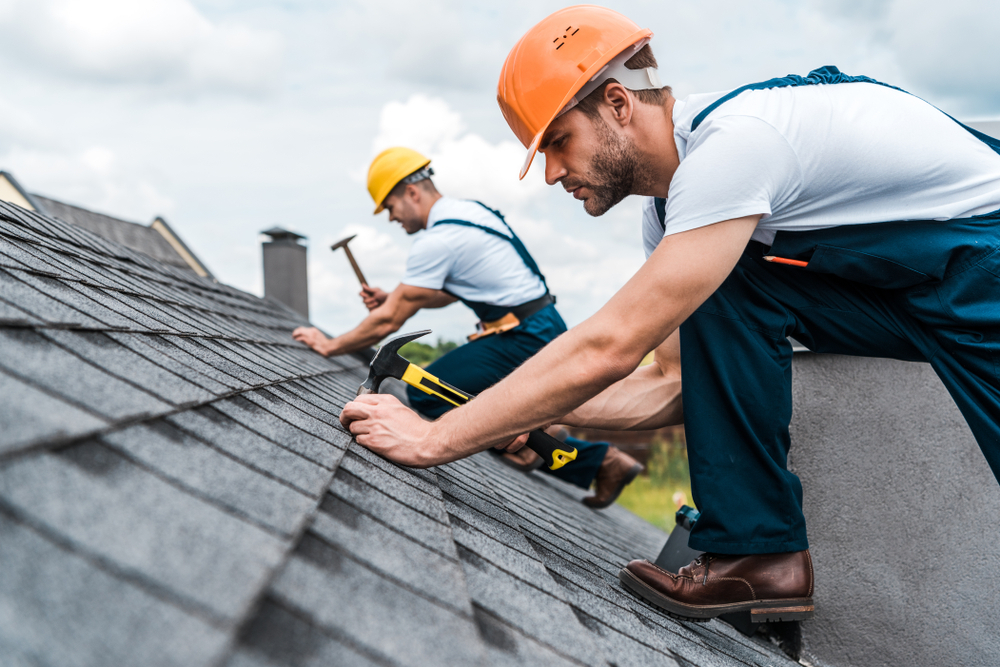A sturdy, well-maintained roof is essential for protecting your home from the elements. However, over time, even the highest-quality roofs can develop problems that require repairs. Whether it’s a minor leak or significant storm damage, addressing roof issues promptly can prevent costly structural damage and extend your roof’s lifespan.
This comprehensive guide covers everything homeowners need to know about roof repairs, including common problems, DIY fixes versus professional repairs, cost factors, and maintenance tips to avoid future issues.
Common Signs Your Roof Needs Repairs
Recognizing early warning signs of roof damage can save you from expensive repairs down the road. Here are key indicators that your roof may need attention:
1. Leaks and Water Stains Water stains on ceilings or walls often signal a roof leak. If left unchecked, moisture can lead to mold growth, rotting wood, and compromised insulation.
2. Missing, Cracked, or Curling Shingles Damaged shingles expose your roof to water infiltration and wind damage. Look for shingles that are buckling, cracked, or completely missing.
3. Sagging Roof Deck A sagging roof indicates structural weakness, often caused by prolonged water damage or inadequate support. This requires immediate professional assessment.
4. Granule Loss in Gutters Asphalt shingles shed granules as they age. Finding excessive granules in gutters suggests your roof is deteriorating and may need repairs or replacement.
5. Moss or Algae Growth While moss may seem harmless, it retains moisture and can degrade roofing materials over time.
6. Higher Energy Bills A sudden spike in heating or cooling costs could mean poor roof ventilation or insulation issues.
Types of Roof Repairs
Roof repairs vary depending on the material and extent of damage. The most common types include:
1. Shingle Replacement
Individual shingles can be replaced if damaged by wind, hail, or aging. This is one of the most straightforward repairs but should be done carefully to prevent further damage.
2. Flashing Repairs
Flashing (metal strips around chimneys, vents, and skylights) prevents water seepage. Corroded or loose flashing is a common cause of leaks and should be resealed or replaced.
3. Leak Patching
Locating the source of a leak can be tricky, as water often travels before dripping inside. Professionals use moisture meters and infrared cameras to pinpoint leaks accurately.
4. Gutter Repairs
Clogged or damaged gutters can cause water to pool on the roof, leading to rot and leaks. Ensuring proper drainage is crucial for roof health.
5. Structural Repairs
Severe damage, such as sagging rafters or rotting decking, requires professional reinforcement to maintain the roof’s integrity.
Conclusion
Roof repairs are inevitable, but timely action can prevent minor issues from becoming major expenses. Whether you tackle small fixes yourself or hire a professional for complex problems, maintaining your roof ensures long-term protection for your home.
Need a Roof Repair Expert? If you’ve noticed signs of damage, don’t wait—contact a licensed roofing contractor for an inspection today. A small repair now can save thousands in future costs!





